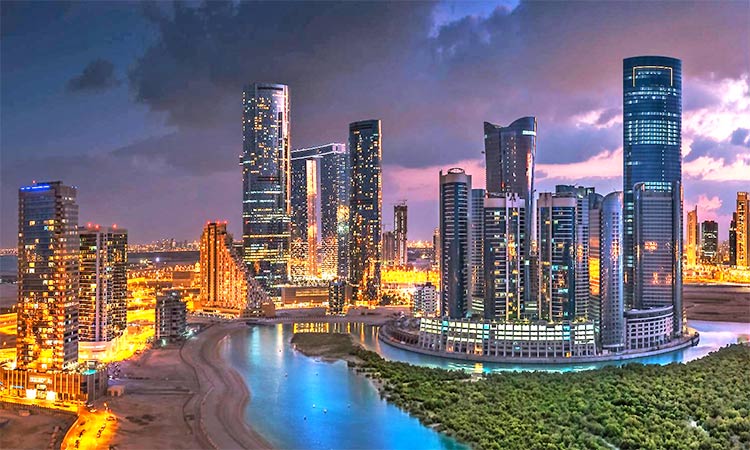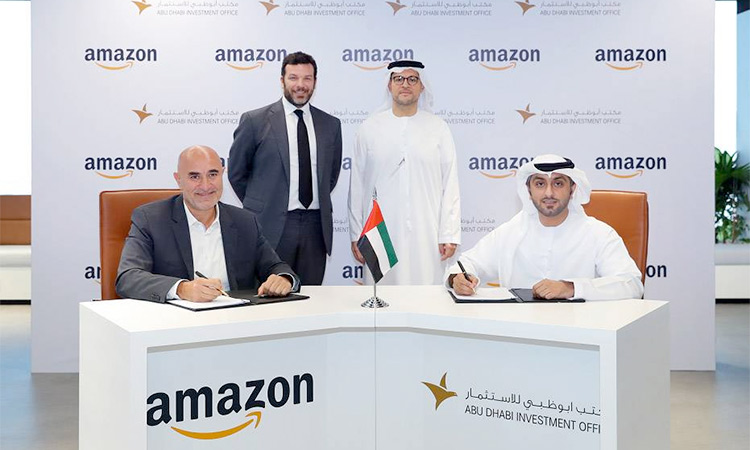Abu Dhabi introduces Dhs1,000 cap for annual tourism business licences

Photo used for illustrative purpose.
Effective January, a revised fee structure is being introduced, capped at Dhs1,000 annually, and applicable to tourism business licences.
This will be welcome news to existing licence holders who currently pay varying fee amounts, depending on the level of business activity, and will be a significant boost given the challenges the sector has faced over the past 18 months.
The new business licence offers an amended fixed-fee structure, with the blanket costs covering fees payable to several Abu Dhabi Government entities, including Abu Dhabi Department of Economic Development, the Department of Municipalities and Transport, Abu Dhabi Chamber membership fees and the Certificate of Conformity issuance fee.
It also covers Abu Dhabi’s regulation fees, with the amount adjustable depending on the type of business applying. Overall, the changes represent an almost 90 per cent reduction in total licence fee costs.
The licence fee cap aims to benefit existing businesses in the emirate and encourage new investors to start ventures, elevating Abu Dhabi’s competitiveness as a leading destination regionally and internationally with its dynamic leisure, culture and MICE tourism sectors.
The initiative is part of the Abu Dhabi Government’s broader strategic plans to develop the UAE capital further and cement its position as a preferred destination for travellers and tourism investment.
Hamad Mohammed Saeed Alsudain, Licencing and Regulatory Compliance Director at DCT Abu Dhabi, said, “The new licencing fee structure is a tangible demonstration of our unwavering support of the tourism sector, and will benefit those wishing to open, continue or expand their tourism business across Abu Dhabi. Regardless of the type of organisation or size, applicants can feel confident that we are partners and focused on their growth.” This initiative, he said, will enhance the competitiveness of the business environment and attract increased investment, strengthening Abu Dhabi’s position as a global tourism, cultural and entertainment destination.
Meanwhile on Jan.3, Abu Dhabi Airports marked the 40th anniversary of the official opening of Abu Dhabi International Airport (AUH) celebrating its contributions to the remarkable ascension of Abu Dhabi as a centre for aviation, trade and tourism.
Sheikh Mohammed Bin Hamad Bin Tahnoon Al Nahyan, Chairman of Abu Dhabi Airports said: “Abu Dhabi International Airport has connected the world to Abu Dhabi for 40 years and fuelled the emirate’s emergence as a leading destination for tourism, trade and commerce.”
“It was the late Sheikh Zayed Bin Sultan Al Nahyan who had the foresight to build the airport and thanks to his vision Abu Dhabi Airports has built a legacy forged by collaboration, innovation and service. It is a legacy that will continue to grow over the next 40 years as it supports the ongoing social and economic development of Abu Dhabi and the UAE.”
The airport was first conceived in 1974, in response to the government’s plans to modernise the newly formed UAE. Construction on the new airport began in 1979 and the new Abu Dhabi International Airport was officially opened on Jan.2, 1982 featuring a circular satellite terminal with a single connection to a semi-circular terminal.
During the late 1990s and early 2000s, the terminal was expanded to cater for the increase in passenger numbers. Etihad became the national carrier and the home airline in 2003 which was a catalyst for rapid growth and paved the way for the opening of Terminal 2 in September 2005, a second runway (Runway 13L/31R) in 2008 and Terminal 3 in January 2009 boosting the airport’s capacity to 12 million passengers per year.
The airport has also been home to a number of ‘firsts’. In 2014, AUH introduced the first United States border preclearance facilities in the Middle East to facilitate the processing of passengers on direct flights for entry into the United States before they board their planes.
AUH launched the Smart Travel System in 2016, the first of its kind in the region, to ease passenger processing and enhance the customer experience.
During the early onset of the COVID-19 pandemic in 2020, AUH was among the first to introduce contactless gates and touchless elevators to complement its wide array of health & safety measures. Technology will also be front-and-centre at the airport’s new Midfield Terminal Building. Construction of the Midfield Terminal Complex started in 2012 and is now 97 per cent complete. Once opened, the Midfield Terminal Building will accommodate up to 45 million passengers per year whilst providing an exceptional passenger experience for the next 40 years.







